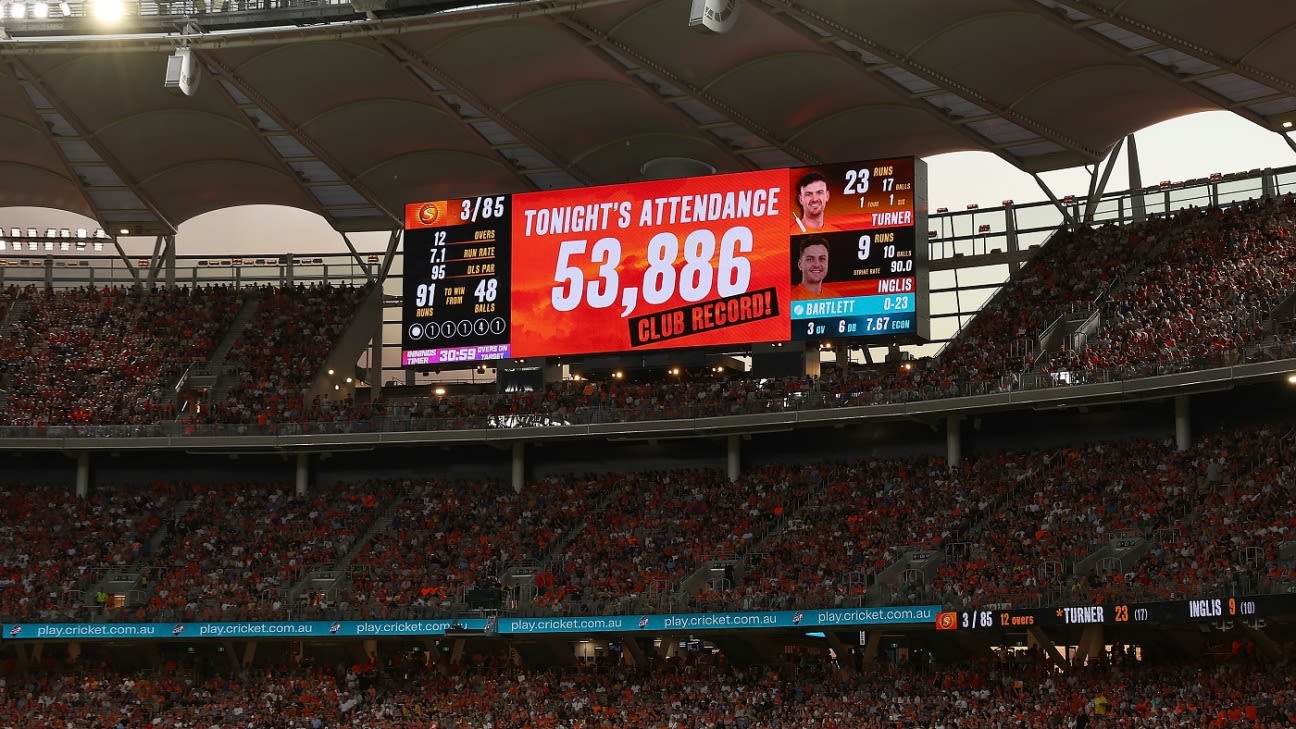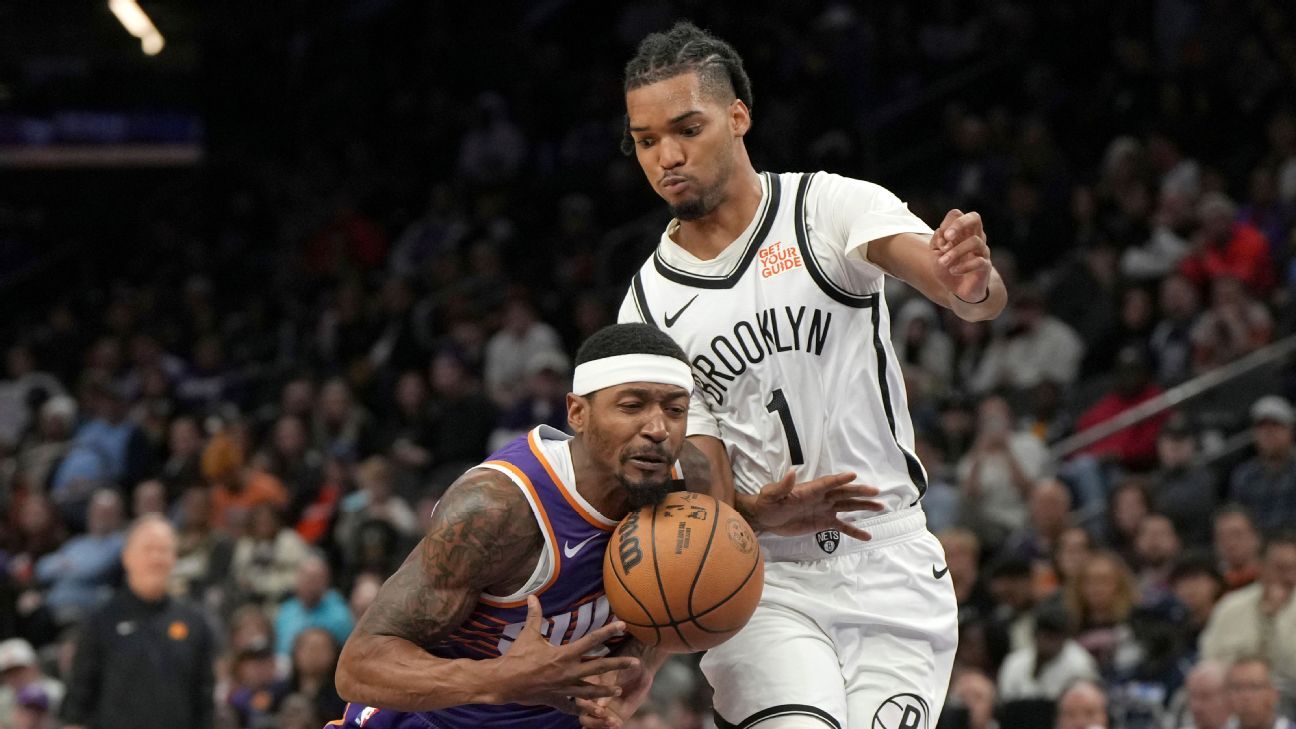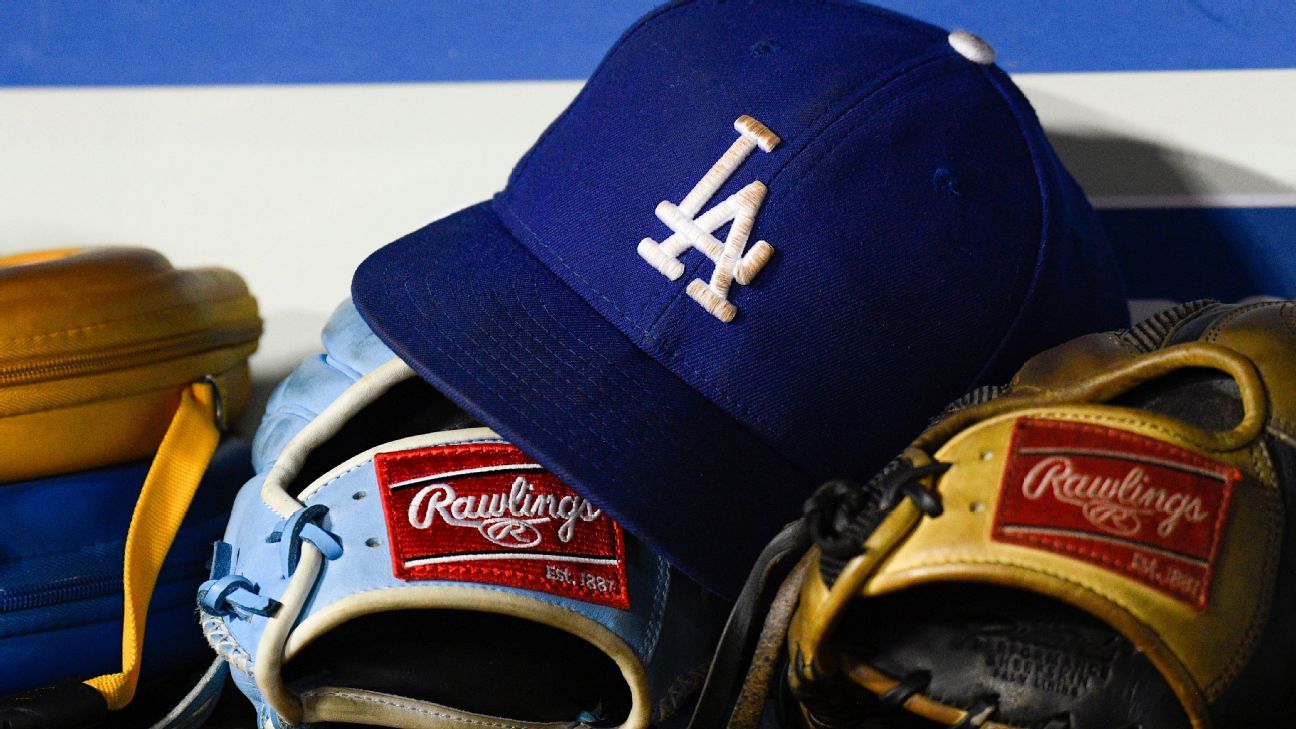
Twelve months ago, there was a lot of unrest over the maligned BBL after a second straight season was ravaged by the Covid-19 pandemic.
Everyone, including BBL general manager Alistair Dobson, seemed to acknowledge that the tournament's 12th edition was going to be a pivotal juncture magnified by Cricket Australia's vital media rights negotiations in the backdrop.
Here are some of the main reasons for the BBL regaining its standing as a hot ticket in the congested Australian sports summer after being mired in uncertainty in recent years and some of the questions that remain.
Return of homegrown stars
Australia's best players have rarely ever been available to play in the BBL. Finally, David Warner returned after nine years, but it was his great mate Steven Smith who stole the show with a spectacular whirlwind of a stint to become the marquee drawcard.Smith and Warner, the latter who had been courted by the cashed-up new UAE T20 league, were paid a lot of money to play in the BBL, but it was worth every dollar. Some of the returning Australian stars struggled during their short stints, including Warner and Strikers skipper Travis Head, but they lit a fuse under the latter stages of the regular season during what is perennially a dreary period.
By any metric the returns of some of Australia's best and most popular players was a huge success. It's well and good to covet top international players but, ultimately, homegrown heroes whip up local interest.
South Africa controversially pulling out of a three-match ODI series set for mid-January - to ensure its players were available for their new T20 league - proved a godsend for CA.
New-name match-winners
But, as in the past, the BBL showed it wasn't all about the A-listers. Some players took the chance to make a name for themselves. Left-arm spinner Paddy Dooley and left-arm quick Spencer Johnson led the way as key parts of Hurricanes' and Heat's attacks respectively.Should a dedicated BBL window be created?
It's become an annual pastime to debate what the ideal Australian cricket summer should look like, but this season might have provided answers.In other words, a clear window for the BBL after the traditional New Year's SCG Test is probably optimal. But with cricket's calendar increasingly brimming to capacity, it's not always going to be possible for Australia's Test players to be available.
There will be a clash next year with West Indies set to be playing a two-Test series in the latter half of January. While it's laudable that Test cricket is still a major priority for CA, it feels like a matter of time before they follow the lead of several other nations and dedicate space for their T20 league to ensure the BBL's long-term viability, although it appears unlikely under the recently confirmed Future Tours Programme with the expectation that, on average, every other season will see significant clashes.
Bigger crowds help turn around BBL's perception
Tune into a BBL game in recent years and often the first thing that stood out was the near empty grandstands. Of course, some of that had to do with the Covid-19 situation but the sterile surrounds further fuelled the BBL's spiralling reputation with crowds having already started to dip prior to the pandemic.With Australia's strict policies on Covid-19 effectively binned, crowds returned with around a million fans attending games this season to beat the combined turnouts of the last two seasons.
The crowds have, of course, helped create better spectacles which have translated well onto television screens, where ratings have jumped.
The BBL has undoubtedly benefited from a scrapping of Covid-19 policies, particularly in Western Australia where Scorchers only played five home games in the previous two seasons due to the state's hard-line pandemic rules. With WA's hard border removed, the beloved Scorchers attracted healthy home crowds all season, including around 95,000 fans for the two finals staged at Optus Stadium.
It only added to a growing belief that Scorchers are more popular among parochial West Australians than the Australian cricket team.
Several marquee BBL games, such as Strikers' annual New Year's Eve game at the Adelaide Oval and the Melbourne Derby at the MCG, also reeled in the masses to help turn around the competition's perception.
Thrillers and controversies create constant headlines
An opening night thriller between Sydney Thunder and Melbourne Stars foreshadowed what was ahead for a madcap BBL season.Dud Test summer created an appetite for the BBL
When the BBL memorably started peaking in 2015-16, marked by a still record BBL crowd of 80,000 for the Melbourne Derby, there had been a major thirst for competitive cricket on the back of a lacklustre Test series between Australia and West Indies.Similarly, this Test summer was mostly one-sided with West Indies again out of their depth and South Africa enduring a rare misfire in Australia. Much like seven years ago, the BBL stepped up and delivered a riveting season filled with instant classic games and never-ending storylines.
But it has proven harder for the BBL to find the same amount of oxygen during summers involving England and India, which are likely to get more bloated in the future.
Is a scaled down BBL needed?
After such a success, it can be now pondered whether shortening the BBL season from its current 61 games to 43 - a key plank in the new media rights deal with plans for it to be implemented as early as next season - was done in haste. Sticking with the 14-game home and away format for each side has advocates."I have no problem with reducing the season but I think the current format is fairer," Strikers coach Jason Gillespie told ESPNcricinfo. "I think the length of the BBL could have been condensed without losing games by having more doubles headers and teams playing back-to-back games.
"That type of schedule can better test out a BBL list, where currently there are a few players who don't often get a look in."
But a shorter season is happening, and could yet start next summer if everything can be put in place, and time will tell if it's the right formula amid cricket's changing landscape.
Tristan Lavalette is a journalist based in Perth















 Phone: (800) 737. 6040
Phone: (800) 737. 6040 Fax: (800) 825 5558
Fax: (800) 825 5558 Website:
Website:  Email:
Email: 






